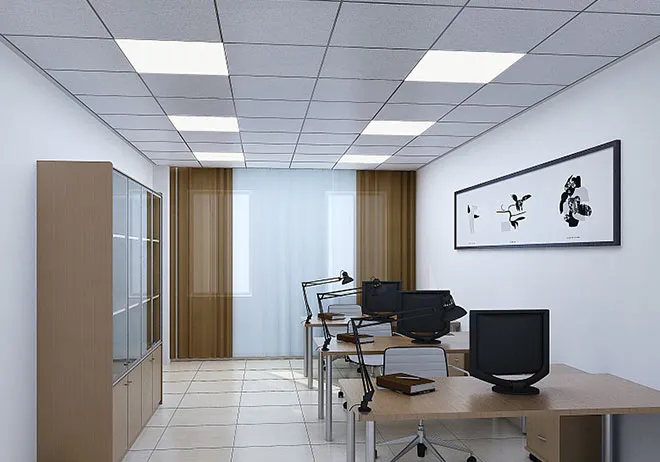- Afrikaans
- Albanian
- Amharic
- Arabic
- Armenian
- Azerbaijani
- Basque
- Belarusian
- Bengali
- Bosnian
- Bulgarian
- Catalan
- Cebuano
- Corsican
- Croatian
- Czech
- Danish
- Dutch
- English
- Esperanto
- Estonian
- French
- German
- Greek
- Hindi
- Indonesian
- irish
- Italian
- Japanese
- Korean
- Lao
- Malay
- Myanmar
- Norwegian
- Norwegian
- Polish
- Portuguese
- Romanian
- Russian
- Serbian
- Spanish
- Swedish
- Thai
- Turkish
- Ukrainian
- Uzbek
- Vietnamese
नवम्बर . 11, 2024 22:56 Back to list
ceiling tie wire
The Importance of Ceiling Tie Wire in Construction and Design
Ceiling tie wire, often referred to as ceiling grid wire or suspension wire, plays an essential role in modern construction and interior design. While it may seem like a simple component, its function is pivotal to the structural integrity and aesthetic appeal of various spaces. In this article, we will explore what ceiling tie wire is, its various applications, and the importance of choosing the right wire for specific projects.
What is Ceiling Tie Wire?
Ceiling tie wire is a type of metal wire used primarily in the installation of suspended ceilings. Typically made of galvanized steel or other sturdy materials, it ensures that ceiling grids are securely attached to overhead structures such as beams or rafters. The use of tie wire allows for effective weight distribution, which is crucial in both residential and commercial buildings.
The gauge and tensile strength of the wire are critical factors to consider. A thicker gauge wire can support more weight, making it suitable for ceilings with heavier tiles or fixtures. On the other hand, a lighter gauge may suffice for less demanding applications, reducing costs without compromising functionality.
Applications of Ceiling Tie Wire
Ceiling tie wire is employed in diverse scenarios, from commercial office spaces to residential homes. One of its primary uses is in the installation of drop ceilings, where acoustic tiles are suspended from the existing ceiling structure. This not only helps in noise reduction but also in accommodating electrical and plumbing services.
In commercial settings, where aesthetics, lighting, and ventilation play significant roles, ceiling tie wire is invaluable. It allows for the installation of complex lighting systems and integrated air conditioning units without compromising the ceiling’s appearance or function. Moreover, in spaces like hospitals, educational institutions, and retail environments, tie wire supports Panels that may include essential utilities, ensuring that everything remains accessible yet discreet.
ceiling tie wire

The Importance of Proper Usage and Installation
The proper installation of ceiling tie wire is crucial for safety and durability. If the wire is not adequately tensioned or if the wrong gauge is used, it can lead to sagging ceilings or, in extreme cases, ceiling collapses. Ensuring that the tie wire is installed according to local building codes and manufacturer specifications is vital.
Moreover, regular inspections should be part of maintenance protocols. Environmental factors, such as humidity and temperature changes, can affect the wire's performance over time. Any signs of wear, corrosion, or damage should be addressed immediately to prevent structural failures.
Choosing the Right Ceiling Tie Wire
When selecting ceiling tie wire for a project, several factors should be considered. First, assess the weight of the ceiling materials and any additional fixtures that will be supported by the tie wire. Consulting manufacturer guidelines can help determine the appropriate gauge and length for the specific application.
Additionally, consider the environment where the wire will be installed. In areas with high humidity or exposure to corrosive materials, opting for rust-resistant or treated wire can increase longevity. It's also advisable to work with experienced contractors who understand the nuances of ceiling installation.
Conclusion
Ceiling tie wire may seem like an overlooked element in construction and design, but its importance cannot be understated. By ensuring secure installations and wise choices in materials, builders and designers can enhance the functionality and safety of their projects. As construction techniques evolve and projects become more complex, the role of ceiling tie wire will continue to be an integral foundation for successful designs that meet the demands of modern living.
-
Transform Interiors with PVC Gypsum Ceiling: A Stylish, Durable, and Moisture-Resistant SolutionNewsMay.19,2025
-
The Smart Interior Upgrade: Discover the Durability and Versatility of Gypsum Ceiling Access Panel SolutionsNewsMay.19,2025
-
The Smart Choice for Interior Design: Discover the Value of PVC Gypsum Ceiling SolutionsNewsMay.19,2025
-
Mineral Fiber Ceiling Tiles: The Smart Blend of Performance and AestheticsNewsMay.19,2025
-
Mineral Fiber Ceiling Tiles: The Superior Choice Over Gypsum for Sound and Fire SafetyNewsMay.19,2025
-
Mineral Fiber Ceiling Tiles: Eco-Friendly Strength and Style for Every CeilingNewsMay.19,2025







